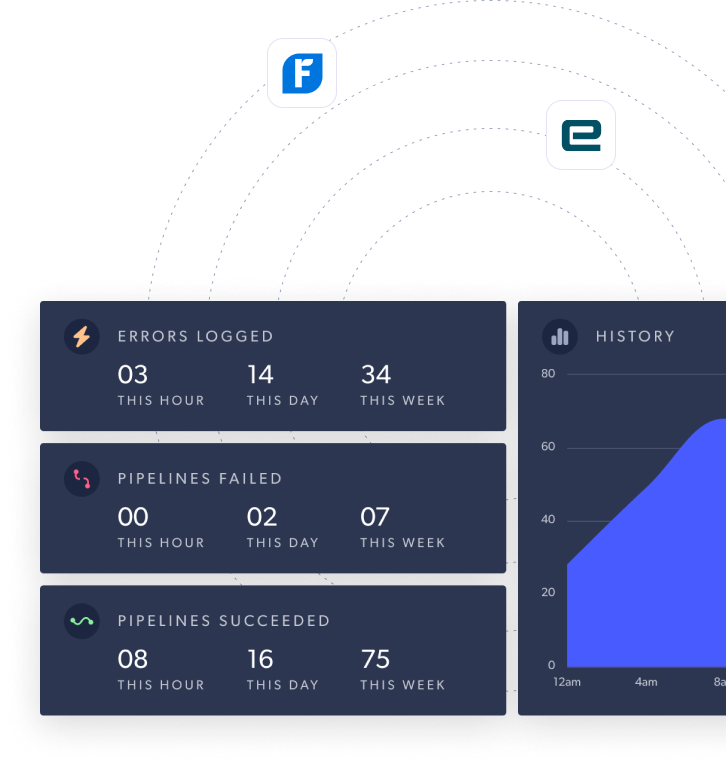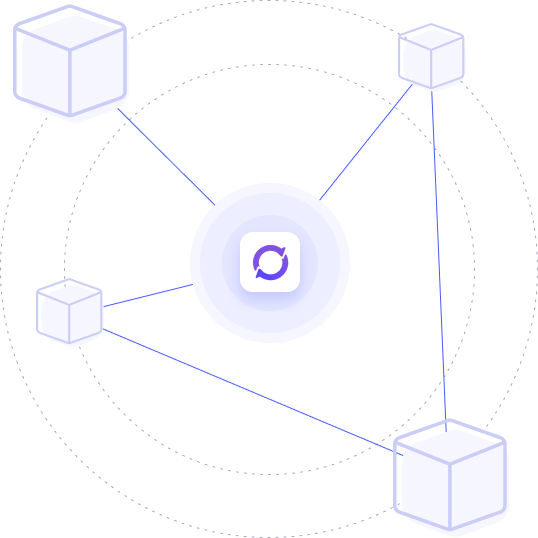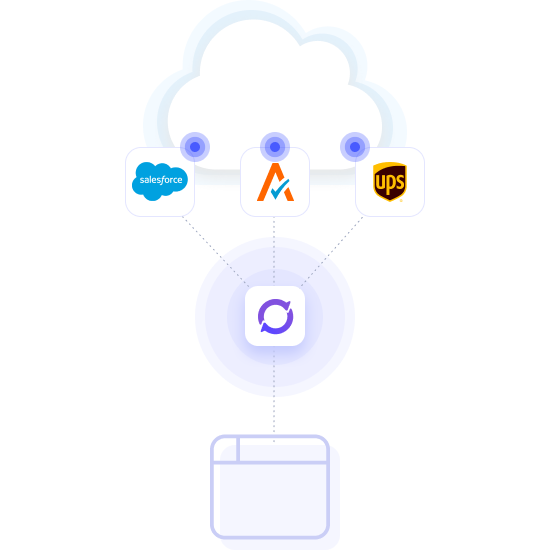

+ Integration
Clarity Connect™ integrates with , automating business processes and data sharing. This robust integration connects your critical business systems to automate order processing, inventory management, and customer data synchronization.
Connecting with Clarity Connect™
Clarity Connect™ links and through automation and data sharing. Integrating these platforms benefits businesses by streamlining processes and connecting front-end and back-end systems.
Considerations when connecting these applications include security, performance, and physical access. We support both SaaS (Cloud) and On-Premises connection types.


Seamless Integration
Our middleware platform ensures robust and reliable data transfer between and .
Simple, transparent pricing for + .
Start with a single integration pair and scale as your business grows—without surprise fees or transaction penalties.
See + integration in action.
Explore a guided demo, start a sandbox integration, or speak directly with our solution architects about your specific use cases.
Integration Use Cases
Explore how the integration behaves in real business scenarios, with clearly defined steps, outcomes, and execution patterns.
Simple, transparent pricing for + .
Start with a single integration pair and scale as your business grows—without surprise fees or transaction penalties.
See + integration in action.
Explore a guided demo, start a sandbox integration, or speak directly with our solution architects about your specific use cases.
Simple, transparent pricing for + .
Start with a single integration pair and scale as your business grows—without surprise fees or transaction penalties.
See + integration in action.
Explore a guided demo, start a sandbox integration, or speak directly with our solution architects about your specific use cases.

